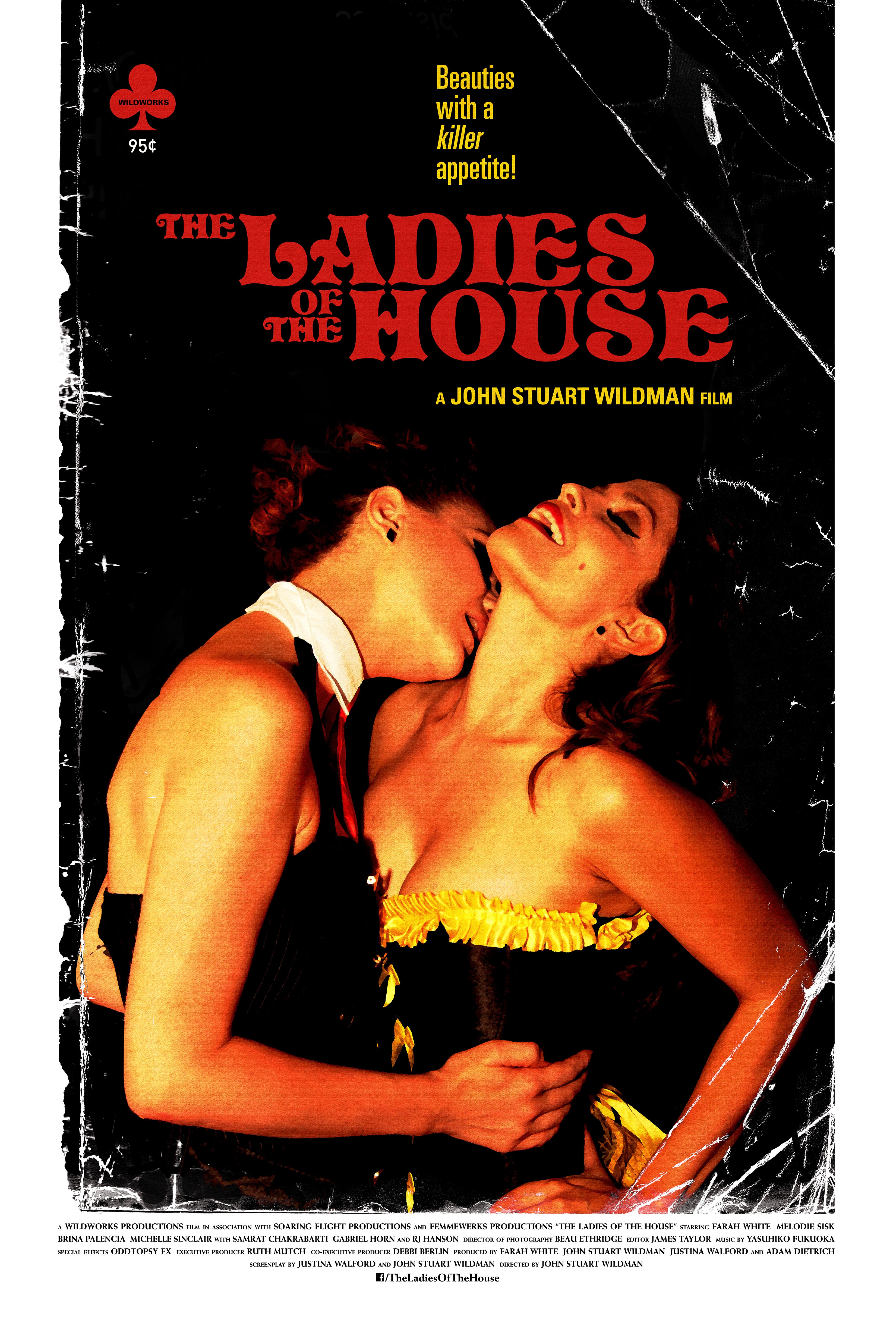If there’s any guerilla street artist that has gotten way too much hype this past decade or so, it’s Banksy. How many documentaries have been done about him? So much hype surrounds the mystery graffiti bomber, it can get fatiguing. And so, it is with great pleasure to report being disarmed by director Marco Proserpio’s documentary The Man Who Stole Banksy, a true carrot of a movie that leads us around like a barnyard animal, almost as far astray from the Banksy legend as possible without actually forgetting that the whole thing was set off by a single piece of his. The story starts in Palestine, where in 2007, the fabled painter defaced the infamous wall Israel erected with a provocative image of a soldier checking a donkey’s papers. For the locals, it was borderline offensive (was the donkey meant as derision of Palestinians?) and a nuisance for all the attention it brought to the area. But then a cunning taxi driver named Walid The Beast (really) came up with a great idea: cut the thing off the wall and sell it, give money back to the community. And this is where the story really starts, with the idea that art which is illegal to make can be legally stolen and sold.

THE MAN WHO STOLE BANKSY
With aid from punk rock icon Iggy Pop’s deft narration, the film takes us away from Middle Eastern conflict and instead, into the question of what art really means in the age of commodification. In a manner which can only be defined as unabashedly crass, the Banksy piece is torn from the wall and taken to Europe. Failing to be sold at an auction, it gets warehoused for a while, then trotted out for display at a London shopping mall (!), back to the warehouse, back to auction and so on ad nauseum. The conversation is no longer about the controversial image, its creator, or the politics of its message. Now the film has taken us into the shady world of art dealers who lift graffiti off of walls, without consent of the artist, and make money off the work without paying out a dime to the creators. As one of these unscrupulous vultures state, it’s not like the artists own the walls they painted upon. Nice rationalization for theft, right?

Walid the Beast (THE MAN WHO STOLE BANKSY)
Eventually, we even get beyond Banksy as we see other graffiti artists having their supposedly-ephemeral works put up for sale. One such painter, known as Blu, even went so far as to paint over a massive piece he did just to ensure that nobody would rip his work off. Imagine destroying your creation to save it from being prostituted. Not a great feeling. By the end of the film, we circle back to Palestine, where the whole issue has been nothing more than a pain in the ass. The piece never sold, and who knows if “the community” would have benefitted anyway? The dizzying circular journey is fraught with frustration, but asks enough serious questions about what art is (and what it should be) that it’s worth the trip. One sentiment early on in the story may sum the whole thing up very well: graffiti might be like fast food – feels good at first, but ends up making you feel bad later. And perhaps that’s Proserpio’s ultimate achievement here. He gets us to think about what it is we do, what it is we love, and what it is that motivates us, all in the microcosm of one humble Banksy work. It’s fair to say, this documentary may have more lasting impact than some of the short-lived street art it’s talking about.









READER COMMENTS